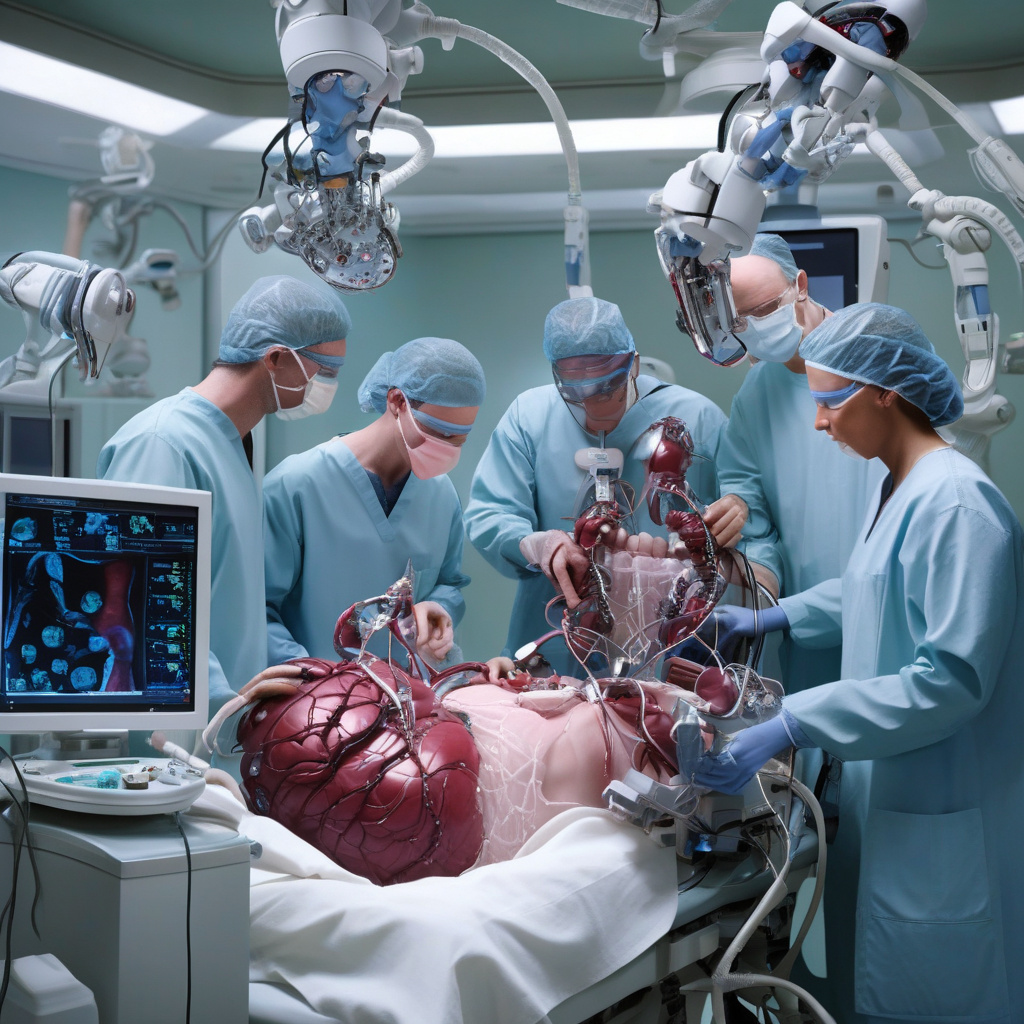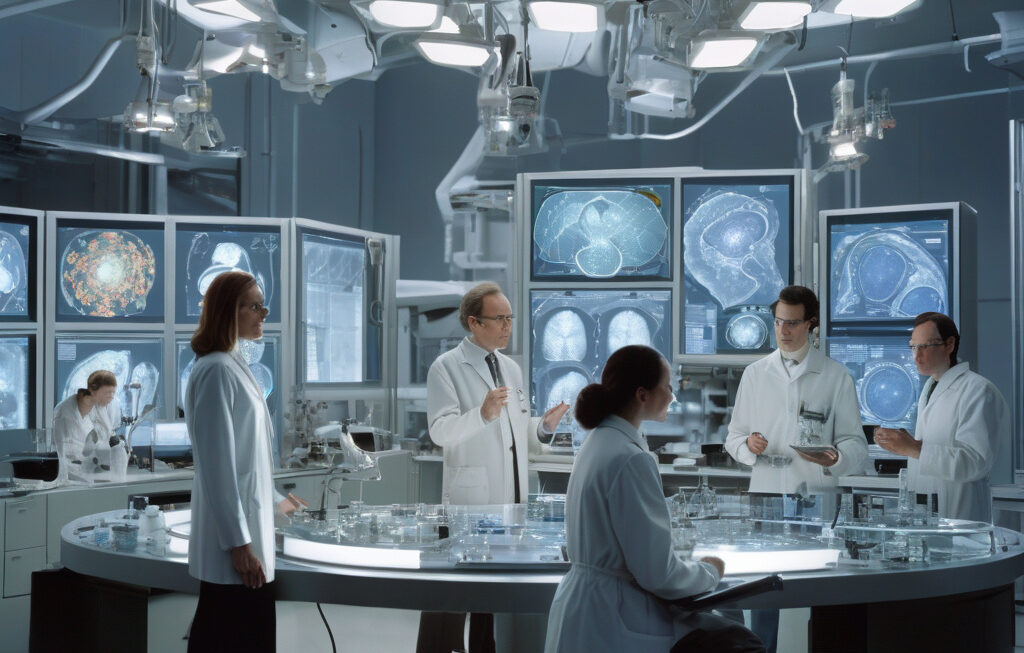US Surgeons Make Medical History with First Full Robotic Heart Transplant Without Chest Incision
In a first for the United States, surgeons have successfully performed a fully robotic heart transplant without the need for a traditional chest incision. This groundbreaking procedure marks a significant advancement in the field of cardiac surgery and sets a new standard for minimally invasive transplant techniques.
The milestone surgery was carried out at a leading medical center, where a team of skilled surgeons utilized state-of-the-art robotic technology to perform the intricate transplant procedure. By employing robotic-assisted tools and techniques, the surgeons were able to access the patient’s heart with unparalleled precision and control, all without the necessity of a large chest incision.
One of the key benefits of this innovative approach is the reduced trauma to the patient’s body. Unlike traditional heart transplants that require a sternotomy – a surgical incision through the breastbone – the robotic procedure offers a less invasive alternative, resulting in smaller scars, decreased pain, and faster recovery times for the recipient.
Moreover, the use of robotics in heart transplant surgery allows for enhanced visualization and maneuverability within the surgical field. Surgeons can navigate with greater dexterity and accuracy, facilitating the delicate task of removing the diseased heart and implanting the donor organ with meticulous precision.
This groundbreaking achievement underscores the transformative potential of robotic technology in advancing complex surgical procedures. By harnessing the power of robotics, surgeons can push the boundaries of what was once deemed possible in the realm of cardiac surgery, offering new hope to patients in need of life-saving transplants.
Beyond the immediate implications for heart transplant surgery, the success of this fully robotic procedure paves the way for future innovations in minimally invasive cardiac interventions. As technology continues to evolve, we can expect to see further refinements in robotic-assisted techniques, ultimately leading to improved outcomes and enhanced patient care.
While the full robotic heart transplant represents a remarkable feat in medical history, it also serves as a testament to the relentless pursuit of excellence and innovation within the healthcare industry. As surgeons continue to explore the capabilities of robotic technology, the possibilities for transforming surgical care are seemingly limitless.
In conclusion, the first full robotic heart transplant without a chest incision in the United States heralds a new era in cardiac surgery, where precision, efficiency, and patient outcomes converge to redefine the boundaries of medical possibility. With this groundbreaking achievement, surgeons have not only made history but have also opened the door to a future where innovative technologies shape the landscape of healthcare in unprecedented ways.
robotic surgery, heart transplant, medical innovation, minimally invasive surgery, patient care












